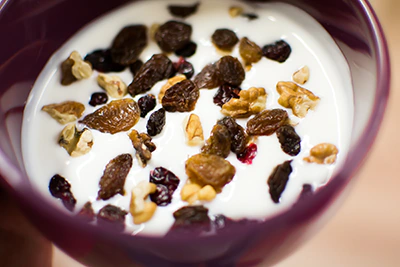| Additive Summary | Sodium Malate (E350) |
|---|---|
| Essence | Sodium Malate or E350 is a Sodium Salt of Malic Acid, in other words, a combination of two naturally found substances (Malic Acid and Sodium) that in food and supplements gets used primarily as an acidity regulator that presents itself as a white or off-white crystalline powder with no smell and slightly acidic or tart taste. Two different Sodium Malates exist: 1) Monosodium Malate or E350(i) and 2) Disodium Malate or E350(ii). |
| Names | Sodium Hydrogen Malate, Sodium D-malate, Sodium L-malate, CAS 676-46-0, Sodium malate monosodium salt, E350, Sodium Malate, and others. |
| Sourcing | Malic Acid (E296) (can be extracted from fruits or made synthetically). |
| Manufacturing | The sourcing ingredient undergoes neutralization with Sodium Hydroxide. The outcome of that is filtered to remove impurities. Afterward, it also undergoes drying. |
| Application | Acidity regulator, buffering agent, flavor enhancer, preservative, texture modifier, antioxidant synergist, and chelating agent. It is highly water-soluble. |
| Acceptable Daily Intake | None determined. |
| Side Effects | In excessive amounts, gastrointestinal discomfort is possible. Allergic reactions and interactions with antifungal drugs or those with enteric coating are also possible. |
| Benefits | In theory, the Malic Acid in the compound can offer health benefits (like better energy levels, improved exercise performance, enhanced oral and skin health, and more). |
| Studies | Less than 25 studies on Pubmed. Less than 5 studies on safety. |
| Allergens | None. |
| Diet Restrictions | May not be Halal or Kosher. |
| Health Knight Assessment | Probably Harmless. | Hence, it’s a Category 2 Additive. |
| Products | Sodium Malate can be used in processed foods like gummy candy (typically sour ones), yogurts, cottage pies, lamb meat products, and others. In theory, it can also be applied to soft drinks, fruit juices, desserts, jams, muffins, cakes, sauces, other meat-sourced products, dressings, gums, all candy and sweets, jellies, milk-based drinks, flavored water, and more. |
Some Personal Thoughts & Ideas
I actually believe that Sodium Malate (E350) is a very decent additive despite there not being enough (I mean, it’s not even close) research on it. The reason for this is that I like Malic Acid as a compound, and Sodium hasn’t ever really hurt anyone either.
I mean, Malates (compounds bound with Malic Acid) can often be found as part of beneficial ingredients. For example, Magnesium supplements often use Magnesium Malate to deliver the mineral. Also, multivitamins and pre-workout supplements use either Magnesium or some other Malate compound.
And that’s not something that you can find in just the low-quality brands. We’re speaking also about the top-shelf stuff.
As for side effects, it is possible to find stomach upset as one of them with just about any ingredient when we consume a ton of it. The same goes for allergic reactions. Namely, you could say that there basically are no risks with it. Then, again, maybe that’s just the lack of research on it speaking.
But the way I see it, Sodium Malate is basically very similar to Magnesium Malate in the sense that the former offers Sodium to the body whereas the latter offers Magnesium but the Malate of either one of them isn’t harmful at all.
Thus, all in all, I would actually argue that this is likely among the very safe additives (Category 1 (fully harmless) or Category 0 (only beneficial) by my standards) and I wouldn’t avoid it in my supplements or food. But I categorized it as a Category 2 Additive due to a lack of research on it.



